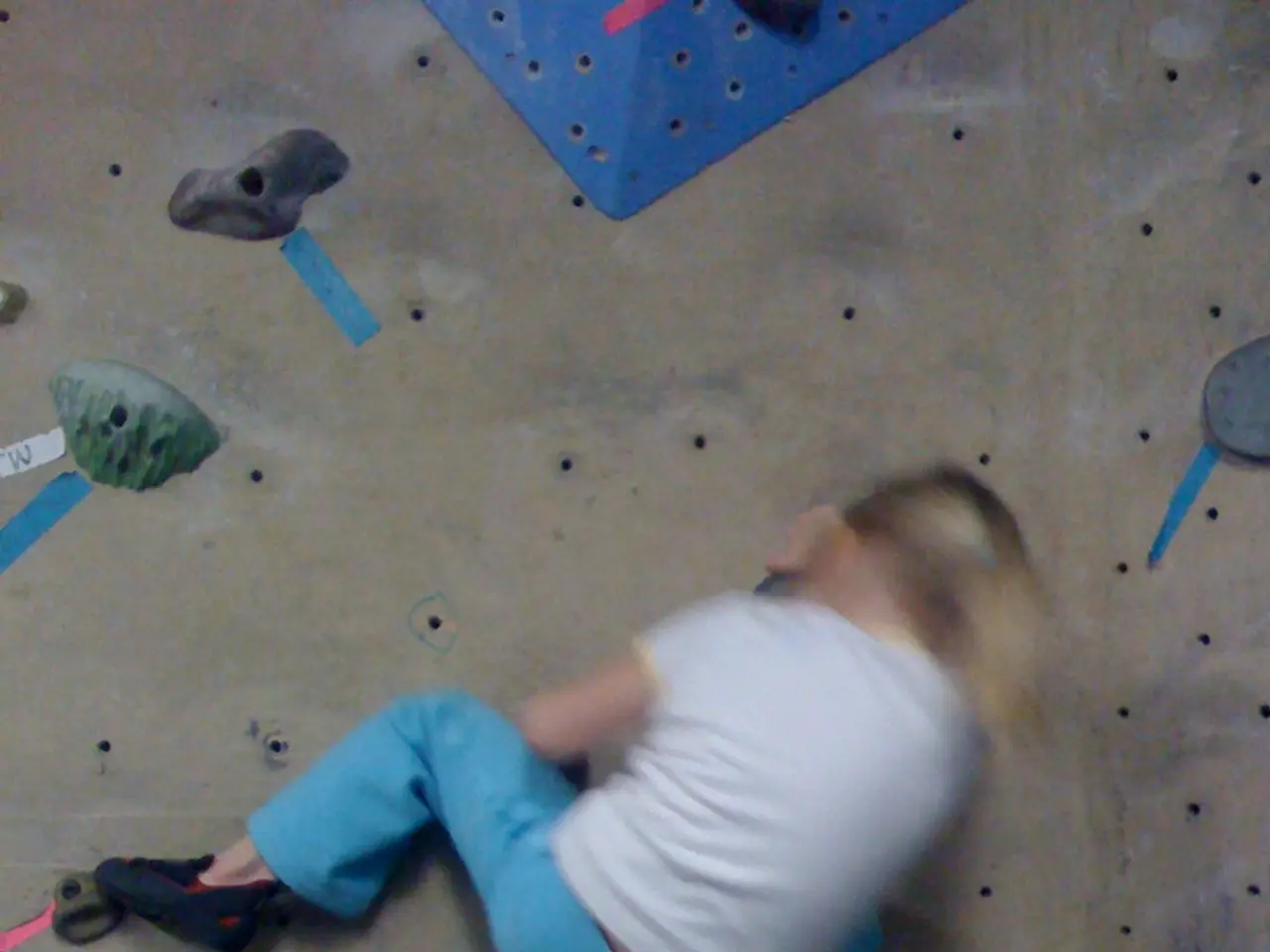Gower's Sign Disappearance in DMD: Promising Results from Prednisone Study
Gower's sign, a telltale indicator of Duchenne muscular dystrophy (DMD), has shown promising improvement in a recent study. This sign, named after British physician William Richard Gowers, is characterised by children using their arms to 'climb up' their legs when rising from the ground. It typically appears in early childhood, often between ages 2 to 3, and is caused by progressive muscle tissue breakdown due to DMD.
In a significant development, a study found that Gower's sign disappeared in around 70% of DMD participants after a 24-month tapering dose of prednisone. This medication, along with other therapies that enhance muscle strength, can aid mobility in DMD patients, although it's important to note that DMD is not a condition that requires specific treatment for Gower's sign.
While Gower's sign is a common symptom of DMD, it's not universal. Its presence can become more pronounced as muscle loss progresses, and it can also occur in other conditions that weaken leg or pelvic muscles, such as other muscular dystrophies, spinal muscular atrophy, and myopathies.
If parents or caregivers suspect a child may be displaying Gower's sign, they should promptly consult the child's healthcare team for further evaluation. While Gower's sign is not exclusively tied to DMD, its presence can warrant closer examination, especially given the recent study's encouraging results with prednisone treatment.







